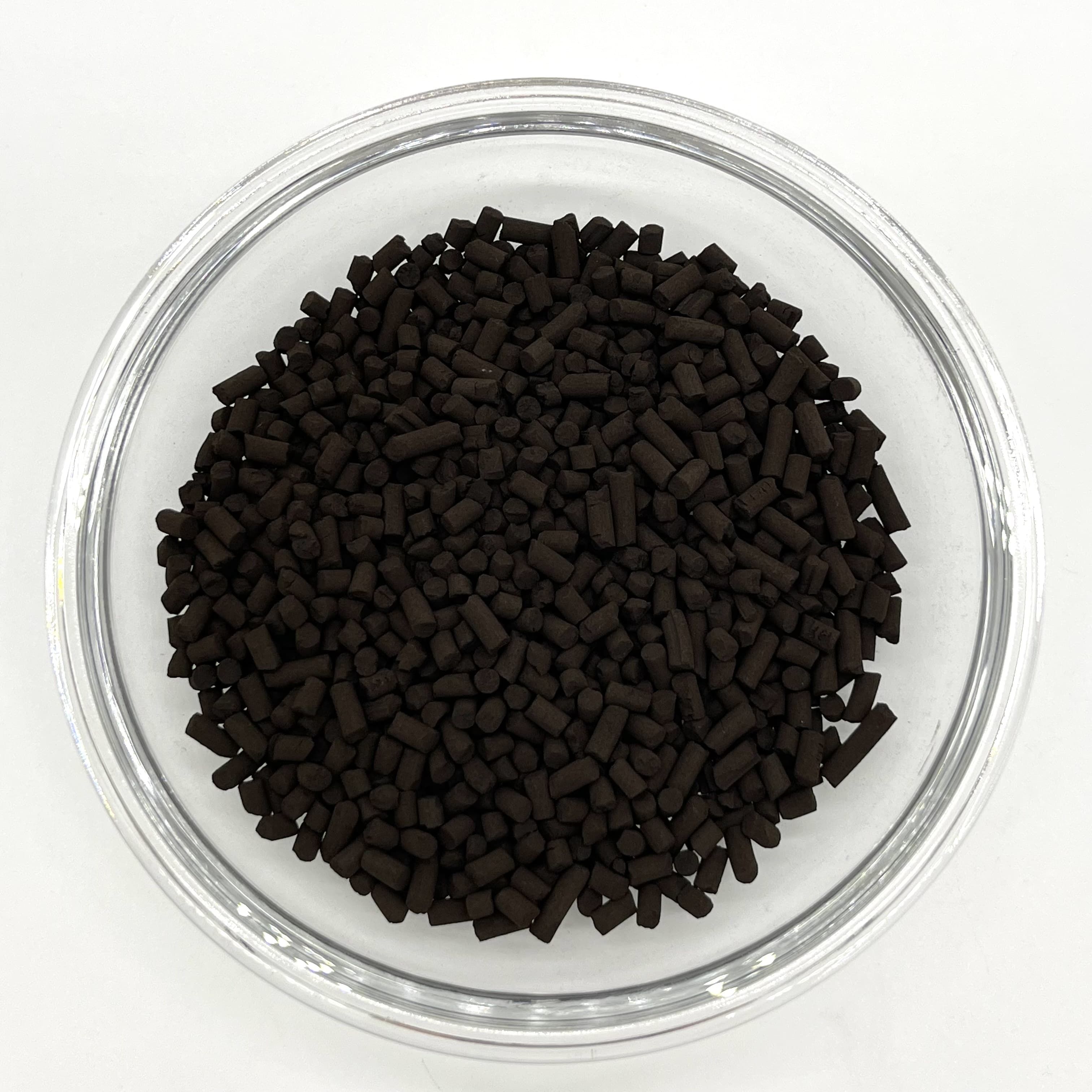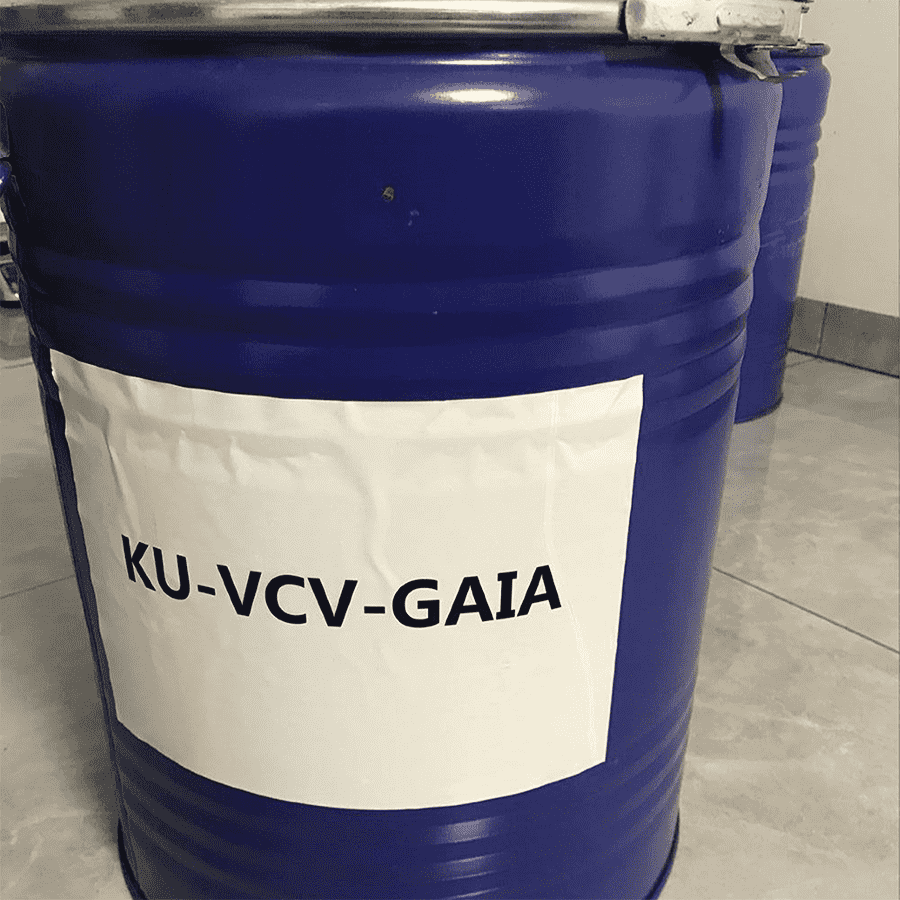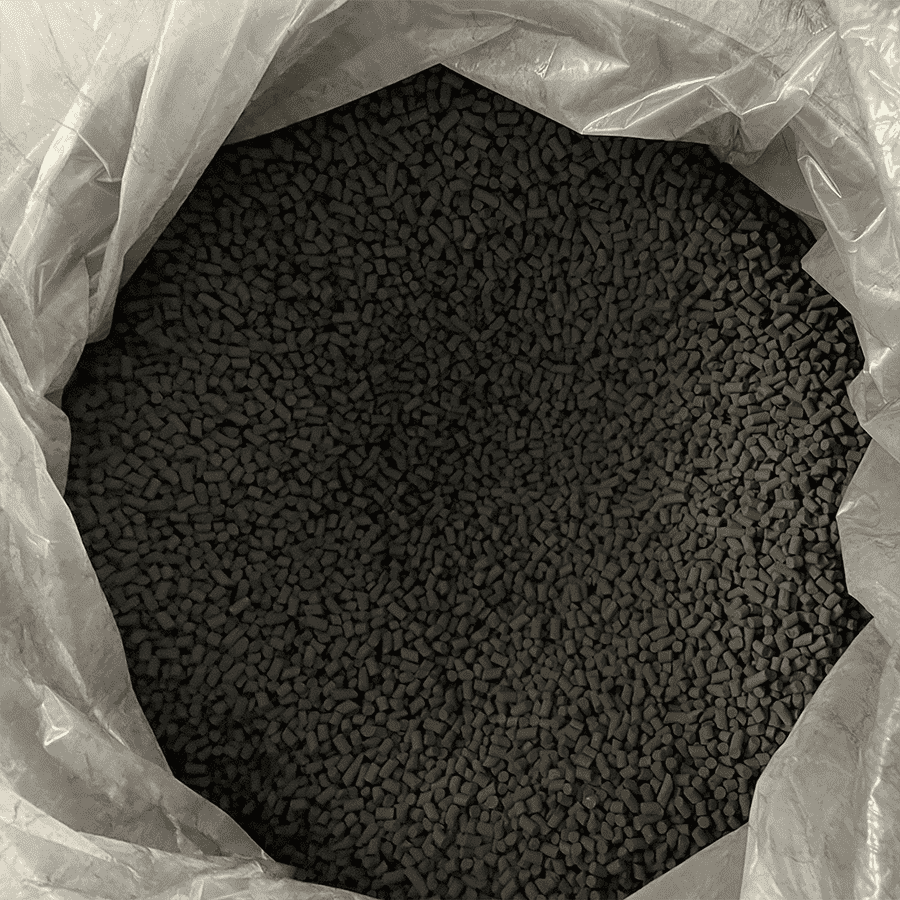Ozone O3 decomposition/destruction catalyst
Model: XT-CAT-02
Uses: ozone destruction or decomposition
Shape: Columnar ,Φ 3mm,5mm or 1.1mm
Composition: CuO and MnO2
Characteristic: long lifespan; high efficiency 98%min
Index: See product details for specific parameters
Package: 20kg or 40kg into iron drum
Application area: ozone generator, waste water,commercial printer and other ozone-related areas
Product Details
1)Product introduction
Ozone O3 decomposition catalyst, also called ozone destruction catalyst, is made from the active ingredients manganese dioxide (MnO2) and copper oxide (CuO). The product has a black or dark brown columnar appearance with a particle diameter of 3mm or 5mm. The ozone decomposition catalyst produced by Hunan Xintan does not contain any activated carbon material, it has the characteristics of long service life, high efficiency, safe use and low cost. The catalyst is mainly used to destroy ozone in exhaust emissions and can effectively decompose ozone into oxygen at room temperature without requiring any additional energy.
2)Parameters
|
Ingredients |
MnO2, CuO |
|
Shape |
Columnarand clover |
|
Size |
Diameter:3mm,5mm Length: 5-20mm |
|
Bulk density |
0 .78- 1 .0 g/ ml |
|
Surface area |
>200 M2/g |
|
Intensity/strength |
60 -7 0 N/ cm |
|
Ozone concentration |
1 - 10000 PPM |
|
Working Temperature and Humidity |
20-100℃, Recommended humidity<70% |
|
Recommended GHSV |
0.2-10*104h-1 |
3)Product advantages
A)High efficiency and safety. Efficiency of the catalyst can be over 99%. Some customers may use activated carbon to absorb ozone, but it produces dangerous carbon dioxide. Xintan ozone decomposition catalyst has no such risk.
B)Long working life. The life of ozone decomposition catalyst can reach 2-3 years.
C)No additional energy needed. The catalyst decomposes O3 into O2 by catalyzing a reaction that does not consume energy.
D)Low cost. Compared with thermal ozone destruction, catalytic ozone destruction has the characteristics of high efficiency and low energy consumption.
4)Applications
A)Ozone generators: Ozone generators are widely used in drinking water, sewage treatment, industrial oxidation, pharmaceutical synthesis, food processing and preservation, space sterilization and other fields. Hunan Xintan ozone decomposition catalyst can efficiently remove the residual ozone released by the ozone generator, but the performance of the catalyst is very stable and efficient when converting high-concentration O3 produce by high-power industrial ozone generators.
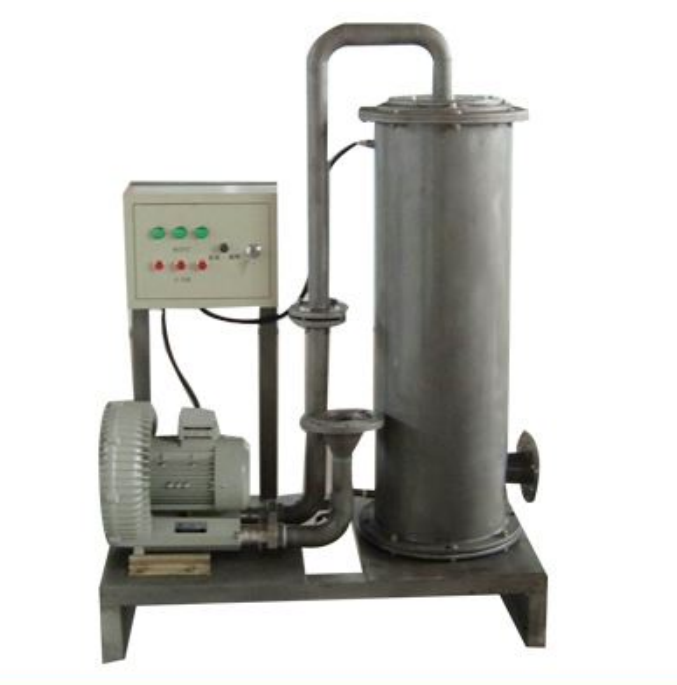
B)Off gas from Medical area:When the air is disinfected in the operating room and ward, ozone can penetrate into the four corners of the room, and the killing effect is good when the temperature is low and the humidity is high. In addition, it is easier and faster to sterilize medical devices in the ozone disinfection cabinet. Ozone can kill bacteria, reduce inflammation, analgesia, activate cells, promote metabolism and so on. At present, medical ozone can be widely used in clinical treatment of internal, external, women, children, oral and many other diseases, such as burns, gynecological inflammation, etc., Our ozone decomposition catalyst can remove residual zone in hospitals
C)Off-gas from water treatment:Ozone has a strong oxidizing ability, it can oxidize a variety of organic and inorganic substances in water. Residual ozone may be released during the water treatment process, and the ozone decomposition catalyst can convert the residual ozone into oxygen.
D)Exhaust gas from Commercial printers: Corona processing is widely used in commercial printers, but corona processing produces O3 gas. Excessive ozone can affect people's health. It can also corrode equipment. Xintan ozone decomposition catalyst has been widely used in corona processor because of its high efficiency and long life.
5)Remark:
A)Keep dry when storing and seal iron or plastic drums
B)Please avoid the use of sulfides and heavy metals so as not to poison the ozone decomposition catalyst.
C)Excessive moisture (humidity over 85%)and dust would reduce contact area of catalyst, It may lower efficiency of catalyst.
6)Technical support
Based on working temperature.humidity, Airflow and ozone concentration.Xintan team can offer advice on GHSV and the quantity needed for your device. When you design catalyst destruct unit for industrial ozone generators, Xintan can also offer support.
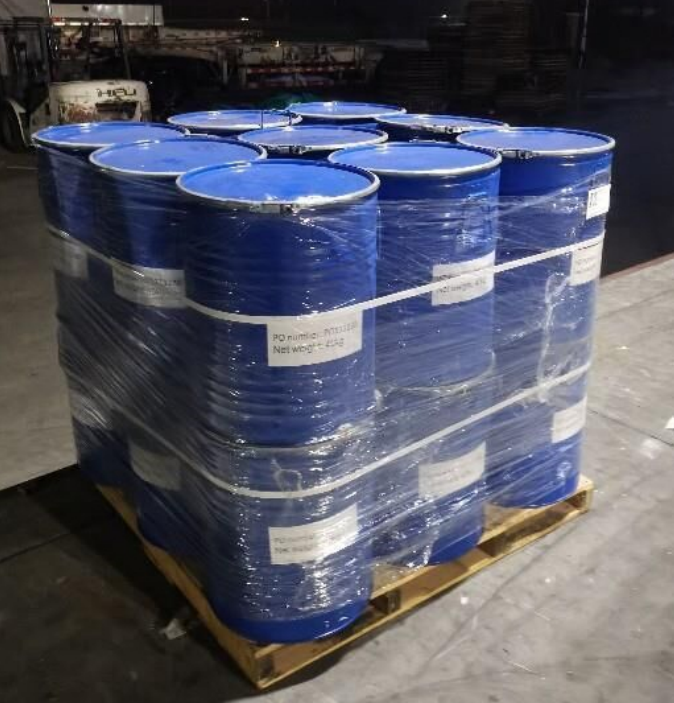
Qualification Certificate
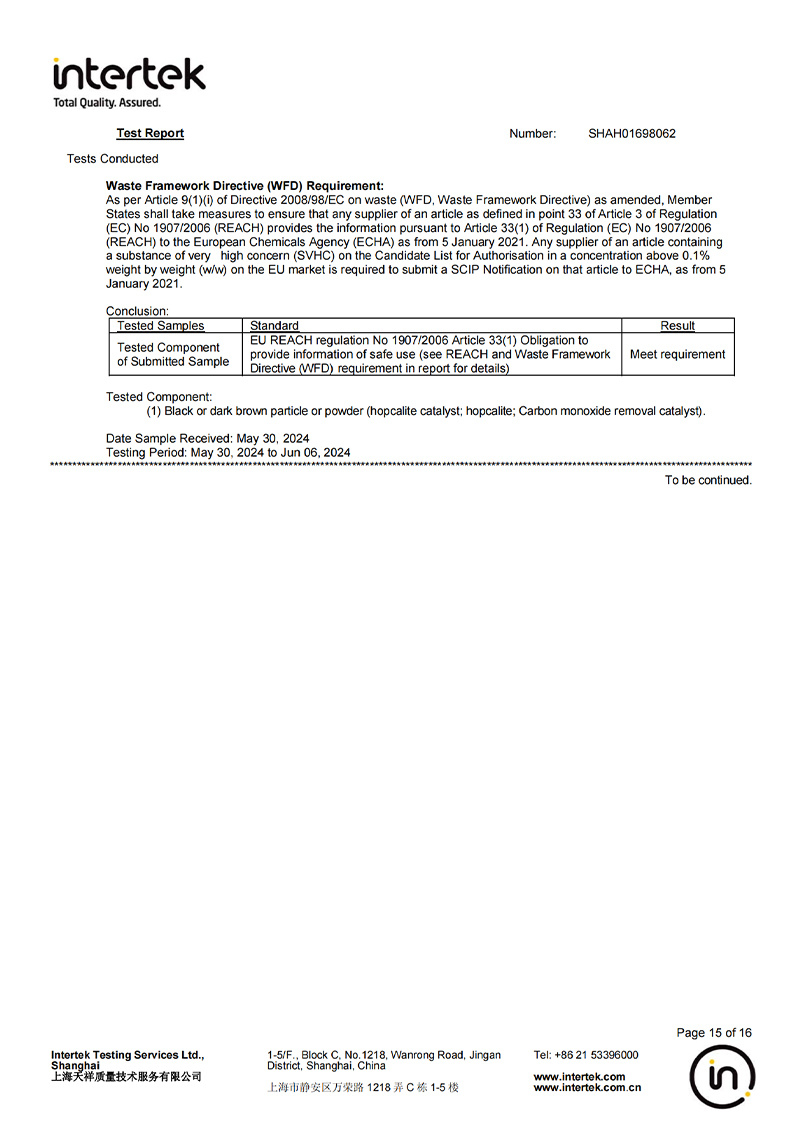
Test Report

Quality Management System Certificate
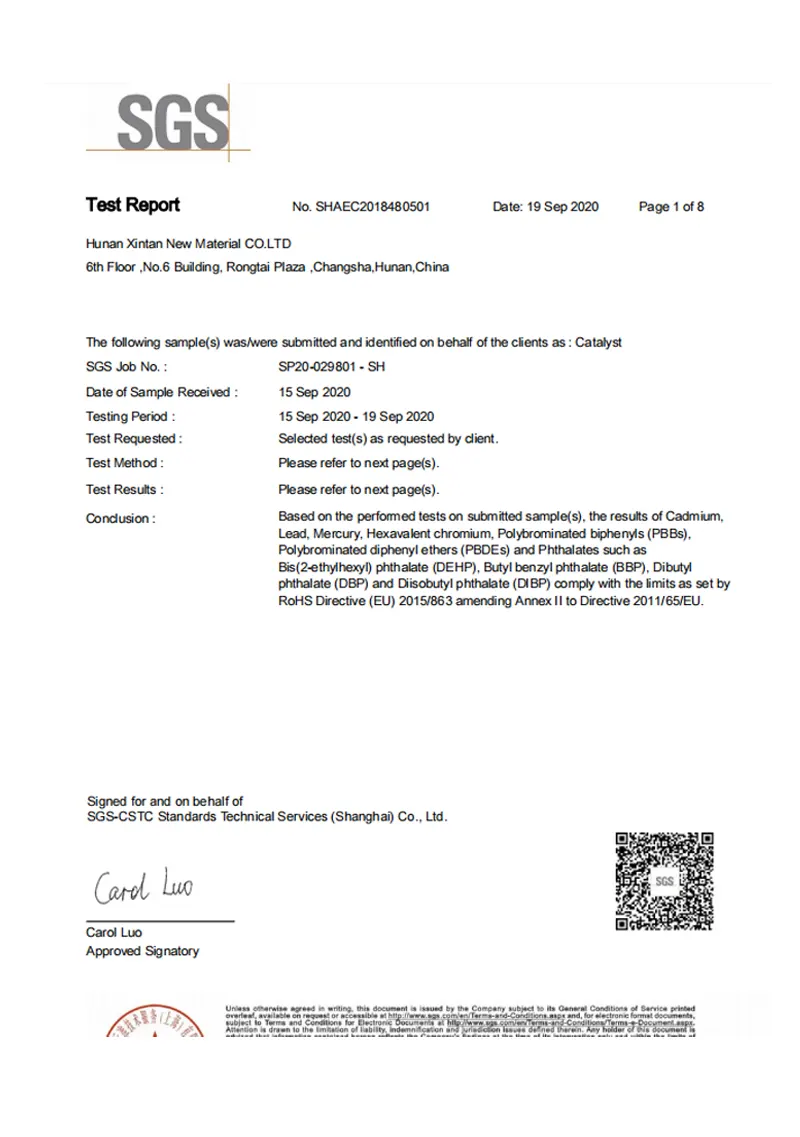
SGS
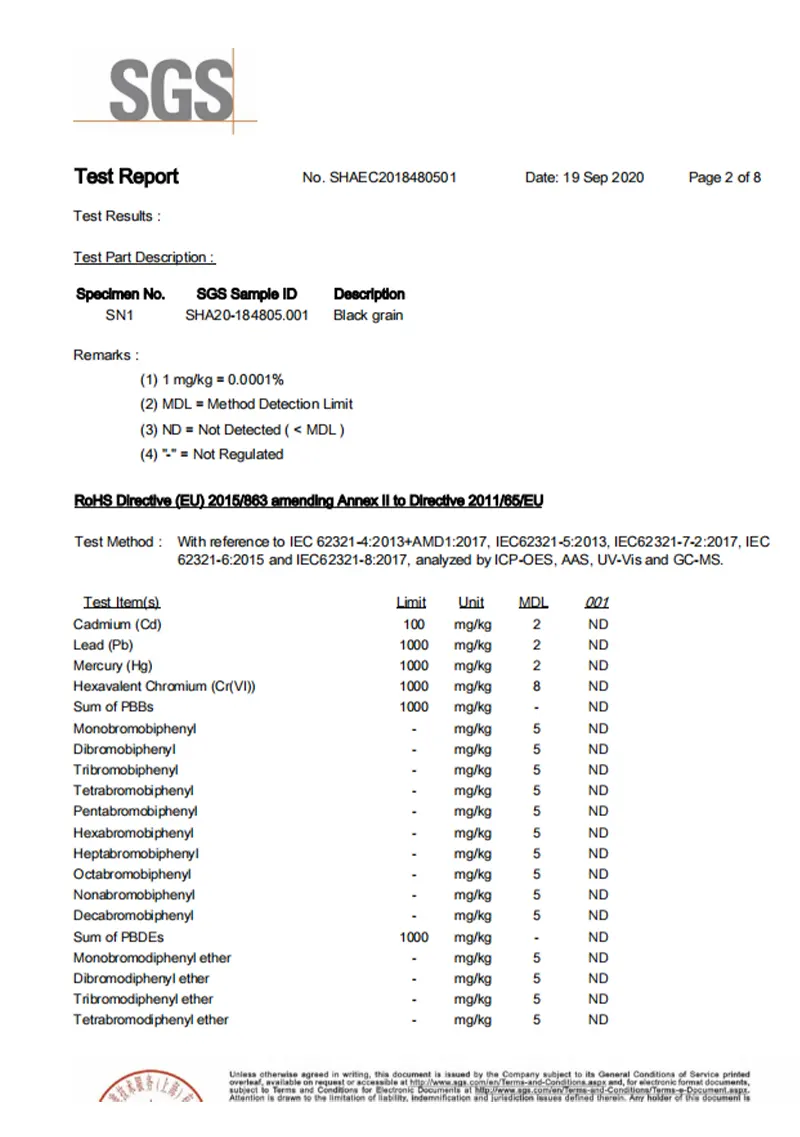
SGS

AGC

AGC
Related Products
Carbon molecular sieve, which are composed of elemental carbon, are a new type of adsorbent and an excellent non-polar carbon material. Hunan Xintan carbon molecular sieve is black columnar particles with a diameter of 1.0-1.3mm or customized. The product has the characteristics of strong nitrogen production capacity, high nitrogen recovery rate, long service life and low production cost. Carbon molecular sieve contain a large number of micropores, which have a strong instantaneous affinity for oxygen molecules and can be used to separate O2 and N2 in the air. In industry, carbon molecular sieves are often used in pressure swing adsorption (PSA) nitrogen production, which is suitable for various types of pressure swing adsorption nitrogen generators.
CO removal catalyst (Ceramic honeycomb)
CO removal catalyst (Honeycomb) uses cordierite honeycomb ceramic as a carrier and is a highly active catalyst prepared from a variety of rare earth metals. The CO removal catalyst (Honeycomb) produced by Hunan Xintan has the characteristics of high structural strength, strong surface coating adhesion, and is not easy to fall off. This catalyst can not only be used to treat carbon monoxide in flue gas, but also has high catalytic performance in chlorine-containing working conditions, and can be used for the treatment of chlorine-containing organic waste gas, and is widely used in the treatment ofsteel flue gas, lime kiln flue gas, waste incineration smoke and other smoke.
CO removal catalyst (Pt and Pd)
CO removal catalyst (pellet with Pt and Pd) is a precious metal palladium catalyst with alumina as a carrier. The carbon monoxide precious metal catalyst produced by Hunan Xintan is dark brown spherical particles with a diameter of 3-5mm, which is mainly used to remove H2 and CO at 20℃~300℃. The catalyst can convert CO to CO2 and H2 to H2O. It does not contain MnO2, CuO or S, so it can be safely used for CO purification in CO2. CO removal catalyst (pellet with Pt and Pd) have the characteristics of high catalytic efficiency, stable performance, safety, no energy consumption and long service life, and are widely used in the food industry.
CuO catalyst (for removing oxygen from Nitrogen or Methanol Synthesis)
CuO catalyst (for removing oxygen from Nitrogen or Methanol Synthesis) developed by Hunan Xintan is made of a high proportion of copper oxide (CuO) and inert metal oxides. It is a black cylindrical particle with a diameter of 5mm and a length of 5mm. The catalyst has the characteristics of high active component content, high packing density, low cost and long service life. It is a catalyst used to remove oxygen from nitrogen or inert gases such as helium and argon, which can efficiently convert oxygen to CuO without the need for additional energy. It does not contain any dangerous substances. The catalyst is widely used in gas treatment because of its high efficiency. The catalytic deoxidation reaction equation is as follows: CuO+H2=Cu+H2O 2Cu+O2=2CuO





